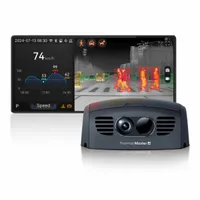I'm not anxious that it's getting darker earlier with this thermal camera for my car — here's why
It's like Predator vision for your car
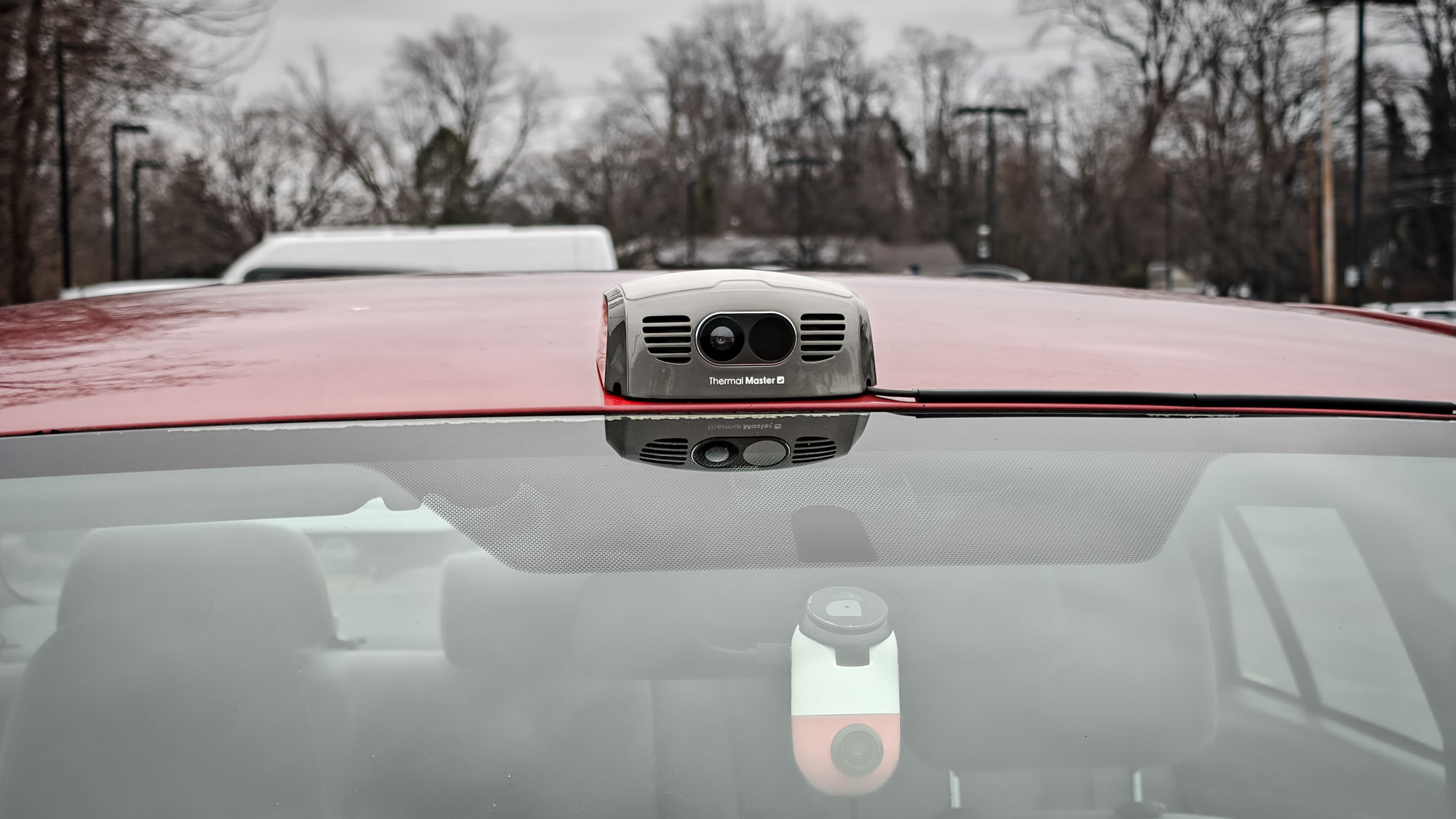
Now that the U.S. has fallen back to standard time, it means that it's getting darker outside earlier and for much longer as we head into winter. I know I'm a confident driver at night, but despite testing many of the best electric cars that have advanced safety features, there are still times when it's challenging. Frankly, my vision is getting worse every year, so that’s why I’ve been using a thermal camera made specifically for cars to make night time driving safer for me.
Thermal cameras aren't new to me, since I've used about a handful of different ones for phones that add telephoto abilities to see faraway subjects in the dark — along with a miniscule one that I keep attached on my keychain. However, the Thermal Master NV300 MAX uses the same tech, but it’s specifically tuned to detect hidden dangers you might not see while driving. I'm talking about foraging deer on the side of the road, pedestrians taking their puppers out for a casual post dinnertime walk, and other critters that might be lurking around.
It's proven to be so good at detecting these potential hazards on the road ever since I installed it on my car back in January. Fast forward to today, it's still making me feel safer at night. While some luxury cars have integrated thermal cameras similar to his, I’m convinced that more car makers need to copy this technology and incorporate it somehow into more vehicles due to how it can detect heat signatures so well.
Don't let the dark conditions of nighttime driving make you feel unsafe, make it easier to drive with the Thermal Master NV300 MAX. It can detect heat signatures from people and animals, alerting you to them while you're driving. You'll get real time notifications about potential obstructions on the road, so you can drive with confidence now that it's getting dark earlier and for longer.
Price check: $499 @ Thermal Master
A dash camera with predator vision
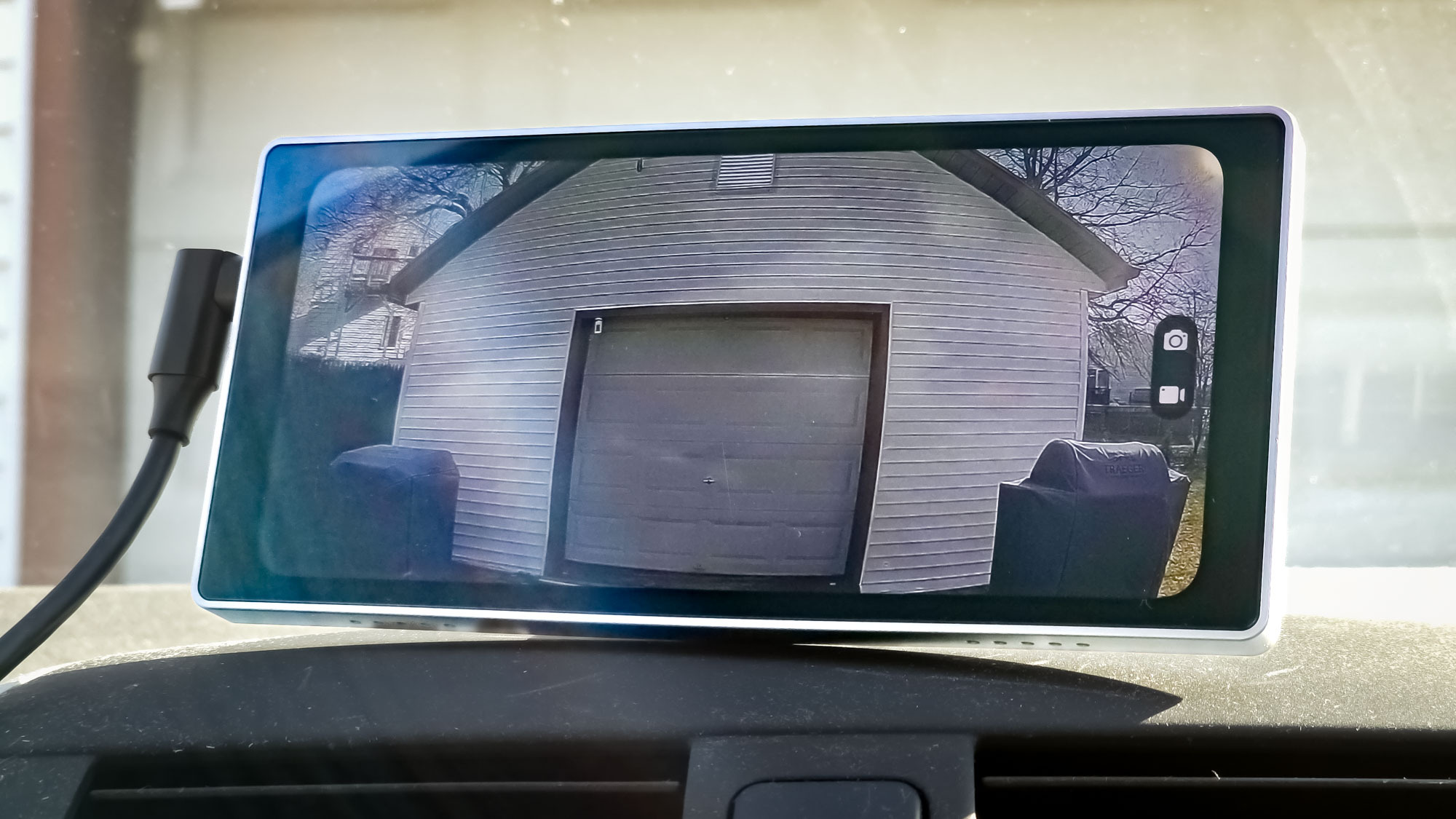
First of all, the Thermal Master NV300 MAX is one of those specialty gadgets that requires elbow grease to install properly on a car — so if you don’t have the patience or skills, I’d suggest getting it done professionally. There are three main components to the entire system: the thermal imaging camera, companion display, and power supply. Even though the company touts installation in 5 minutes, it took me almost an hour to do on my own because the toughest part is snaking the cable through the hood of my car.
Once I finished it up, I was skeptical about the thermal camera module potentially coming off the roof of my car — but luckily the adhesive and strong magnets seem to keep it firmly in place. Through the display that I installed inside of my car, I can see the road ahead of me. The software analyzes the image to detect moving cars and the heat signatures from people and animals. Luckily there’s just about zero lag with its infrared thermal imaging, so I have yet to experience it failing to recognize the different heat signatures it sees.
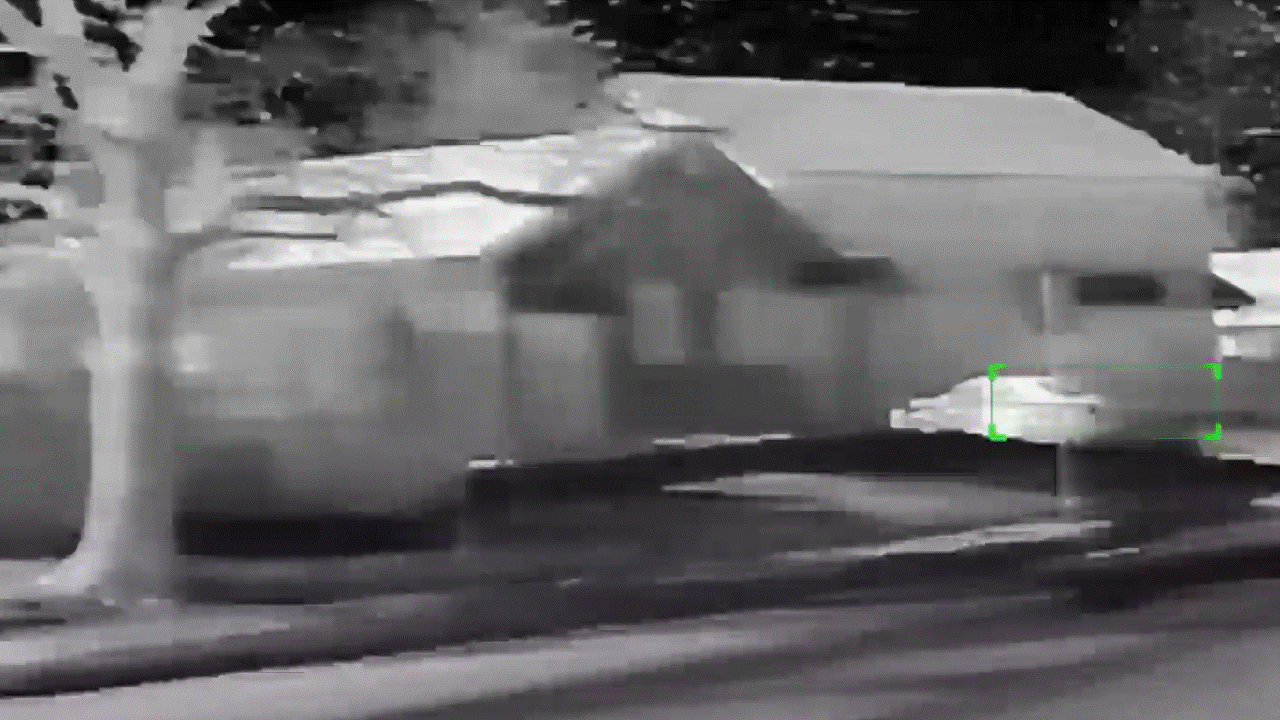

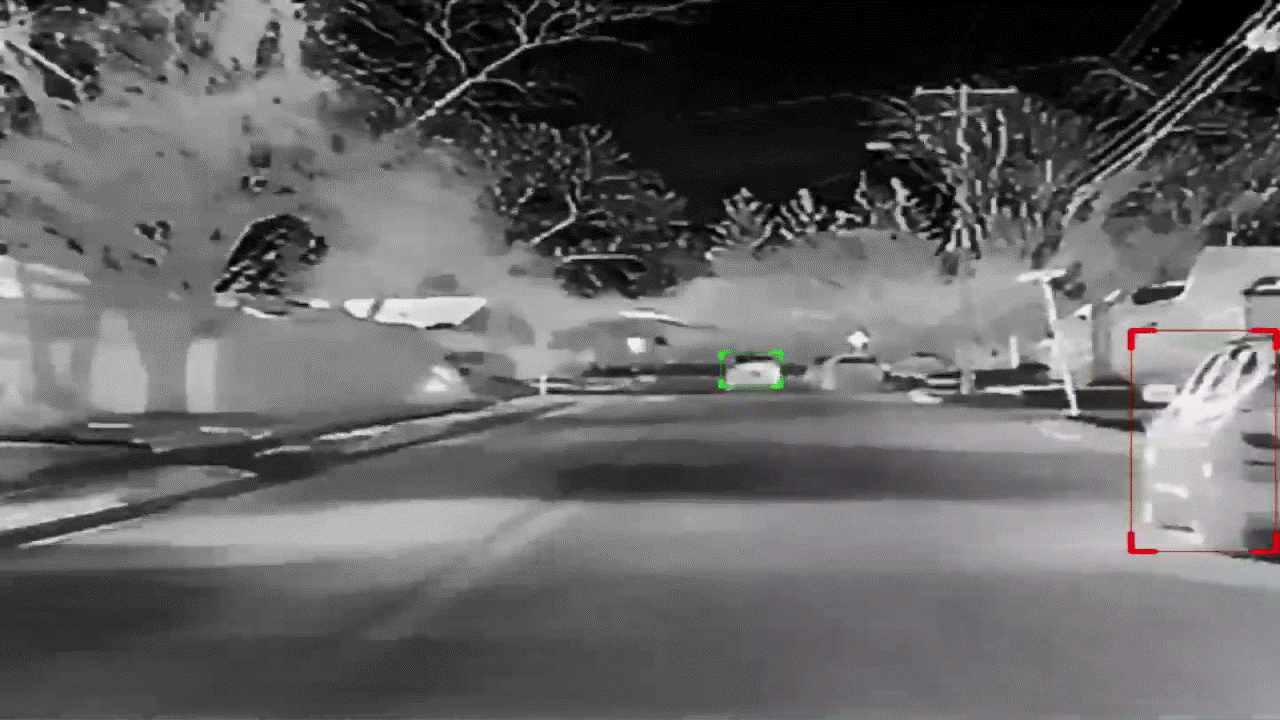

I think of the Thermal Master NV300 MAX much like any of the best dash cameras out there because it’s constantly recording, but it’s different in the sense that it makes driving at night safer for me.
That’s because it’s able to detect the pedestrians on the side of the road, which appear in red and yellow through the display — while everything else is in this monotone. I’ve had a fox cross in front of me, which I couldn’t see when I was turning, but the thermal camera was able to for me. You can see how it works in the gallery above.
Get instant access to breaking news, the hottest reviews, great deals and helpful tips.
Older cars such as mine benefit from this a lot more than newer ones, mainly because it lacks the sensors and radar that allow today’s cars to detect potential collisions. Since the Thermal Master NV300 MAX is scanning the footage to detect moving vehicles, it also notifies me when a car is pulling away from me while stopped.
Car makers need to iterate on the design

I can definitely see value in having a thermal camera integrated into a car, so while this is an excellent start with the Thermal Master NV300 MAX, there’s room for improvement.
First and foremost, it has such a narrow field of view that it can’t see what’s to the extreme left and right of my vision. I think a dual-camera setup would greatly benefit from this as a wide-angled camera could be used to alert the second camera (with the narrower field of view) for potential hazards.
Secondly, there’s got to be a better way to miniaturize the design of the thermal camera because it clearly stands out on the roof of my car. And while it’s remained there firmly in place through a couple of snow storms this past month, I’m not sure how well it’ll withstand a scorching summer.
Regardless, I think we should have more cars incorporate thermal cameras because of the increased safety they offer. I often think of all the deer just waiting on the sides of local roads at night waiting to cross. Thermal cameras such as this would be able to discern them faster than I could, so I’d like to see them somehow integrated into more cars.
Don’t get me wrong, today’s cars have many safety features that allow them to better anticipate potential collisions, but their current radar and sensor based systems could benefit from having thermal cameras such as this. While many cars are great at reacting to potential dangers, I think they can do a much better job at anticipating them ahead of time.
Bottom Line
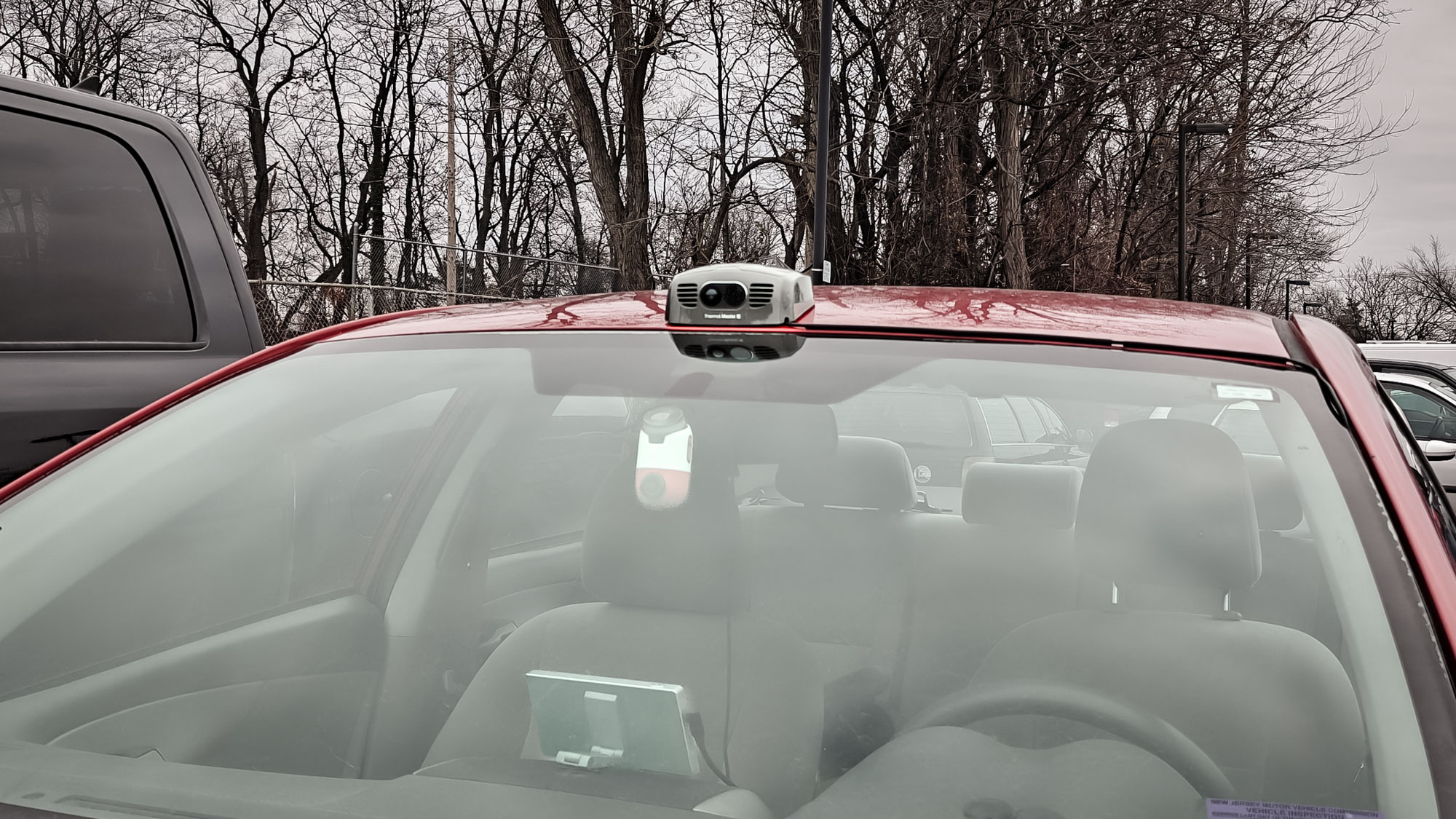
Like I said earlier, there are cars out there that offer integrated thermal cameras that functions exactly like the Thermal Master NV300 MAX — but they cost a fortune. The Cadillac Vistiq and Cadillac Escalade IQ are two models that have thermal cameras that show up on the driver's display. While they work relatively well at recognizing heat signatures from people, they don't seem to pick up smaller dogs in my experience.
In comparison, the Thermal Master NV300 MAX works with existing vehicles to add night vision help with nighttime driving. Sure, it still costs a pretty penny at about $499, but it's still better than getting those luxury EVs that easily cost around $100,000.

Follow Tom's Guide on Google News and add us as a preferred source to get our up-to-date news, analysis, and reviews in your feeds.
More from Tom's Guide
- I drove the BMW M5 for a week — and it’s the reason why gas guzzling sport sedans have new life
- CrabWalking with the GMC Sierra EV is the weirdest thing I’ve ever done with a car — and it’s actually pretty useful
- I just test drove the new Nissan Leaf — and it's irresistible at under $30,000

John’s a senior editor covering phones for Tom’s Guide. He’s no stranger in this area having covered mobile phones and gadgets since 2008 when he started his career. On top of his editor duties, he’s a seasoned videographer being in front and behind the camera producing YouTube videos. Previously, he held editor roles with PhoneArena, Android Authority, Digital Trends, and SPY. Outside of tech, he enjoys producing mini documentaries and fun social clips for small businesses, enjoying the beach life at the Jersey Shore, and recently becoming a first time homeowner.
You must confirm your public display name before commenting
Please logout and then login again, you will then be prompted to enter your display name.
